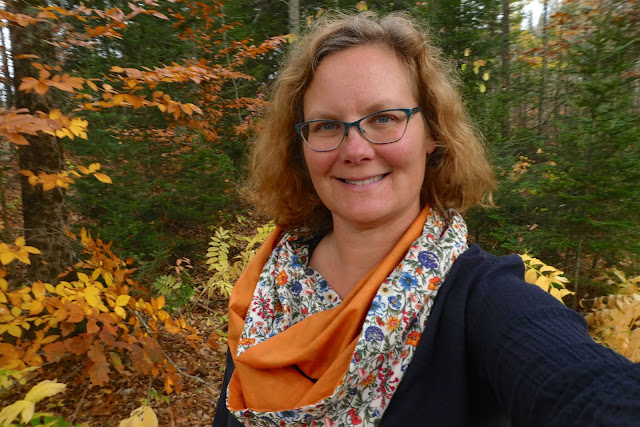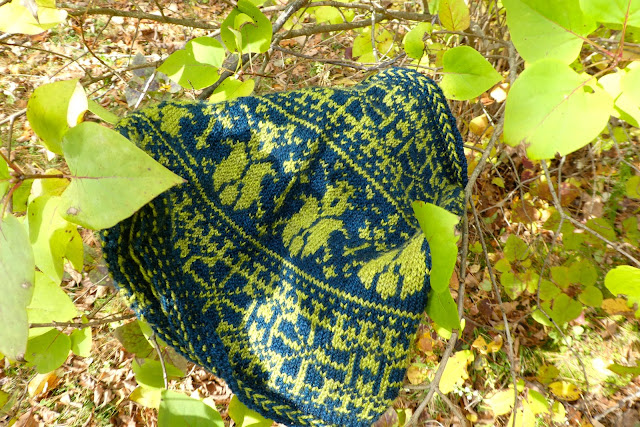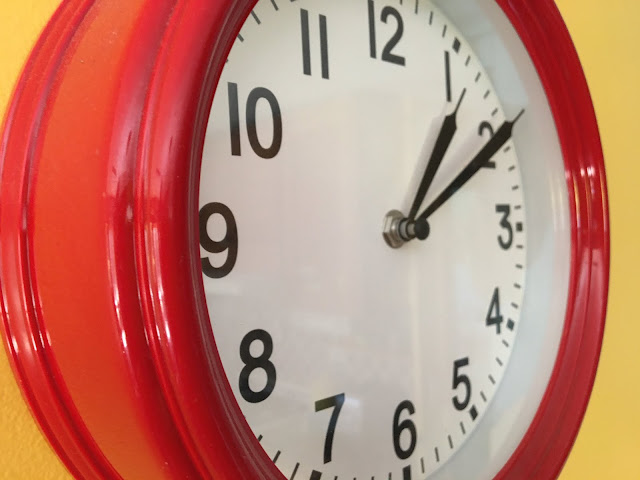(Note: I don't have a catchy catch-all for today's blog. Thinkin' Thursday? Thorough Thursday? It's all too much of a stretch.)
 |
| The Book in its rawest form. |
I always find it interesting to hear about an author's process in writing a book, so I thought I'd share my own process, up to the current point, with great hopes that there will later be a Part II post full of good news about advances, publication, promotion, sales, royalties, awards, fame, and fortune (or at least publication, please).
I dreamed up the idea for my book—which, if you're joining me here for the first time, is an account of my family's journey on the Colorado Trail in 2016, with side trips into my husband's and my first hike on the same trail 20 years earlier, ruminations about what's changed over the intervening two decades, and romps through natural and environmental history—in 2014, as I was nearing completion of my MFA program (in fiction, so totally unrelated). I recently ran across an old journal in which I'd outlined and started on an intro to a book about that first CT hike, so writing about the trail was not a new idea for me (or for C, who had actually made good progress on a manuscript many years ago).
In the two years between coming up with the idea and actually going on the hike, I wrote a book proposal and sent it to what I thought would be a likely publisher. I never heard back, and later learned the publisher went under, so it may not have been my proposal that was at fault (and lucky I did not sign on with them before their demise!). I also typed up the notes from our 1996 hike and attempted to do some background research on some of the environmental issues we'd come across. This while also working full time, parenting full time, attempting to talk my husband into going on the hike, and planning, purchasing, and packing for the hike.
While on the trail, I wrote in my journal every single evening, even when I was really, really tired. Sometimes all I could muster was bullet points, but I got down the important elements of the day. I didn't have time to write during the day, so I had to hold everything I wanted to remember in my head until bedtime, which overall worked out okay, though I could have done better with dialogue and other human interactions.
We returned home at 2 a.m. on a Sunday. The twins went back to school on Monday, I dropped M off at a friend's house (he didn't start school until Wednesday), went back-to-school shopping, then sat at a sandwich shop and started typing up my journals. I didn't just straight transcribe, but added to my notes from memory and converted close past tense (this morning we did…) to present tense. I also went through all my photos to trigger memories and add to the physical descriptions and watched all of C's vlogs to round it all out. Then I dropped chunks of my journal from the first hike into the manuscript at the appropriate geographic locations.
This took until early November, at which time I was all prepped to start researching, with a stack of library books at the ready. And then the next day the election happened, and I went into a tailspin. What was the point of writing a book about hiking in the mountains when the world was about to come to an end? Time I should have spent reading and writing about dams and wildfires instead turned into time spent reading news articles and writing letters to my useless senator. The holidays came amidst this chaos, and very little book progress happened over those two months.
In January, I committed to writing some short pieces about the hike, in an attempt to get my head back in the right space to work on the book, help flesh out themes, and possibly earn a little cash. At the same time, I started
The Artist's Way, which as you may know involves writing three longhand "morning pages" every day. I kept on reading my research books, and at some point found myself sitting down at odd times of day to write out sections of the book, long-hand, three pages at a time. Coincidence or synchronicity?
At some point amid all of this, I had printed out my manuscript, such as it was, opened a new document, and began to type it in again, re-running all the words through my eyes, brain, and fingers and reshaping it as I went. Whenever I came to an area I needed to research, I'd look up articles, order books, and spend a few days or weeks reading about the subject before writing what I needed to and moving on.
At first I though I was just really bad at research, but after listening to people on podcasts talk about their research process, I realized that this is just how it works—you read a book or two and five or ten articles in order to write a couple of paragraphs. It's a long slog and I got impatient with the stop-and-start nature of this method, so when I came to a place that needed research, I put in a placeholder and kept going with the writing. I still looked up the articles and ordered the books, and I devoted a chunk of time each day to research, but I didn't let it slow down the flow of the narrative.
By the end of the summer, I had almost gotten through rewriting the whole narrative, with only one or two chapters remaining, and quite a lot of holes where I still needed to do research. At this point, I printed it all out again, bought a selection of colored pens, and took myself away for
a glorious week at an artist colony, where I went through the whole manuscript, marking it up with different colors for different changes needed (orange=grammar/spelling; green=more/better description; blue=research; teal=write better), and I filled seven notebook pages with lists of things I needed to research. I also wrote an epilogue (which I have since thrown out, but it was a good exercise anyway).
It took the rest of fall, winter, and spring to fill in all those research gaps. By the end of June I had a completed manuscript printed out and sent it in the mail to a friend to do a first read-through. I revised it based on her comments and sent it to another friend later that summer and revised it again. Then I went to an agent-querying workshop, wrote a query letter, and sent it off to around ten agents, but got no bites. Then I got a job and forgot about the whole thing for a while. When spring came, I though of more revisions I wanted to make, and did those (most significantly lopping off the first chapter, strengthening threads of certain themes, and working on the characterization of the other people in the book). I also decided to skip the agent step (for now anyway) and appeal directly to publishers, which led to me
writing a book proposal this summer.
And that is how we got to where we are now, and how one little book took three whole years to write.

























